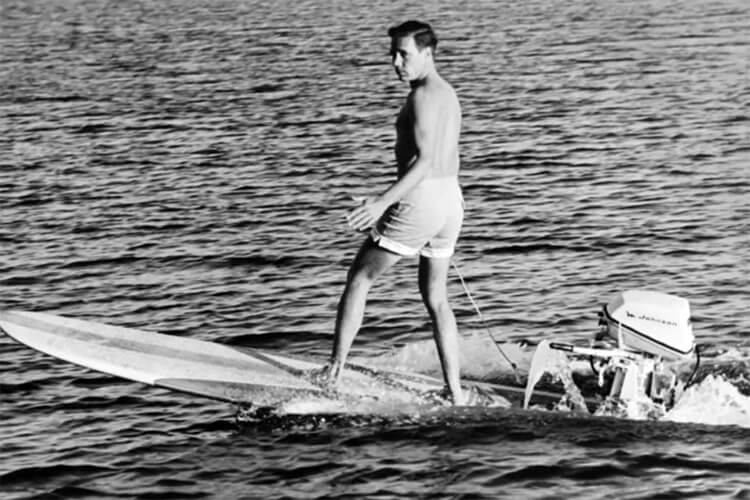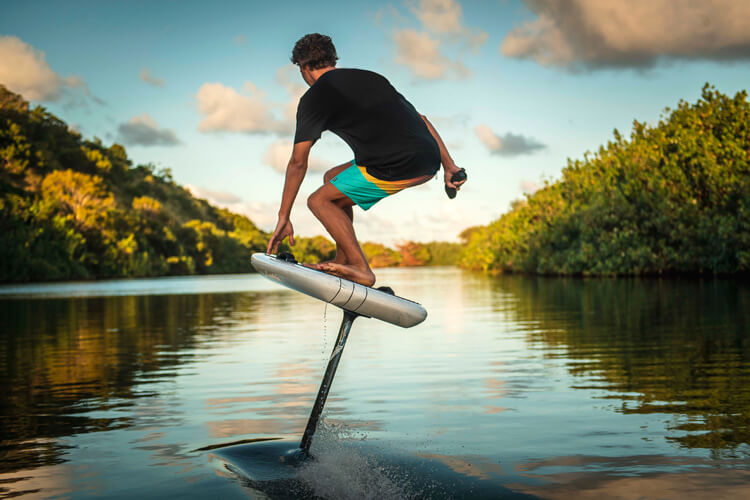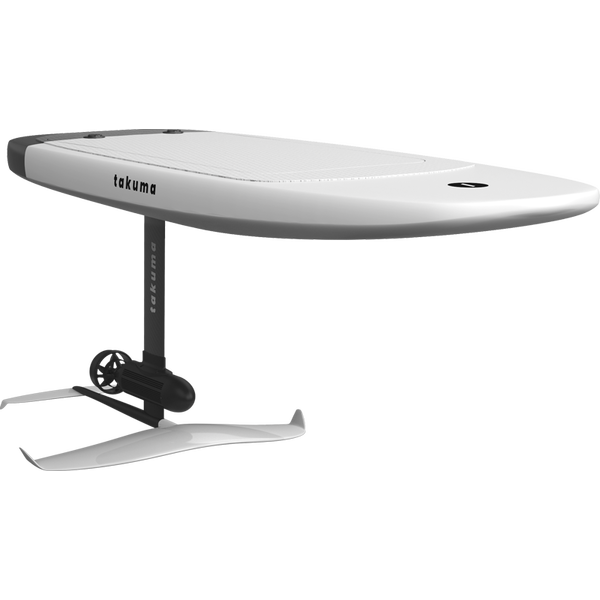Great Advice For Choosing E Foils
What Level Of Skills Do You Require To Use An Electronic Surfboard And Make Waves?All levels of riders can use electric surfboards. However, catching waves with an electronic board requires some experience. The main difference between conventional surfing and electric surfing is that the latter takes less effort and focuses more on controlling speed and direction.
It's a good idea to begin with an introduction for novices to learn how to navigate and use the electric surfboard. The lesson will cover how you can use your remote control to control the motor's speed, acceleration, and how to maintain control and balance when surfing.
It's also important to practise in calm environments and gradually increase the difficulty as your skills improve. This could involve starting with smaller waves, and then gradually increasing the difficulty as your confidence and ability increase.
While it is helpful to have some surfing experience however, it's not necessary to ride an electronic surfboard. Anyone of any level can have fun riding an electric surfboard, and can catch waves by practicing and training correctly. Follow the top rated what do you think about electric surfboards for site recommendations including electric powered surfboard, electric stand up surfboard, electric hydrofoil surfboard, motorised surfboard, electric surf, cheapest efoil, flight efoil, waydoo efoil, flite efoil, radinn surfboard and more.

How Does The Type Of Water Conditions Affect Electric Surfboards?
The performance and handling of an electric surfboard can be affected by the water conditions. Below are some of the ways different water conditions could impact electric surfing boards. This is a great place for novices to practice and learn how to ride the board. The board's speedy capabilities are most effective in calm water and where there are less dangers or obstacles to be avoided.
Choppy Water Surfboards made of electric can be more difficult and challenging to maintain balance in choppy weather. The waves and currents can cause the board to bounce or slide, making it more difficult to keep stability. Riders with more experience may experience riding in turbulent conditions difficult. It requires greater skill and control.
Waves - A ride on an electric surfboard could be thrilling and exhilarating. It is possible to ride the board for longer durations and even catch waves thanks to its speedy capabilities. But, riding in waves can be more hazardous due to the increasing dangers and dangers. Riders shouldn't attempt to ride in waves unless they are proficient and have enough experience.
In general, the water's conditions could have a major influence on the performance and control of electronic surfboards. Riders need to consider the water conditions to have a safe and enjoyable ride.
How Long Will It Take To Master The Art Of Electric Surfing?
The abilities of beginners to master an electric surfboard can vary depending on factors such as previous experience, physical fitness and individual capabilities. The average time it takes to master an electric surfboard can vary depending on the individual. For example beginners may require many sessions of practice, or even weeks. This can be achieved through regular practice, and also by taking lessons with a certified instructor.
It is also important to increase the difficulty level of the riding conditions. Start with calm waters and work towards more difficult conditions such as waves or currents. This will build confidence and improve skills.
With dedication and practice An average beginner will be proficient with an electronic surfboard in a matter of weeks or months. View the recommended e surfboards for blog advice including e surfboard price, electric hydrofoil surfboard price, flight efoil, radinn jetboard, radinn surfboard, motorized foil board, waydoo efoil, jetsurf electric, battery operated surfboard, radinn jetboard and more.

What Are The Different Types Of Electric Surfboards
The simplest electric powered surfboards are hydrofoil. The extra hydrofoil under the board elevates it above water. Most hydrofoil boards have attached propellers. These boards can be placed in water and will naturally lift off of the water. They travel at a faster speed than the hydrofoil surfboards. And are best suited for people who wish to move at a fast rate. These boards are not suitable for surfing waves because of their high water levels. These kinds of surfboards can be fast and powerful. But, there are some that are smaller and slower than others. You can ride waves, perform tricks, or simply cruise around on the most efficient E Surfboards.
These electric stand-up paddleboards are like traditional surfboards. They can travel speeds up to 3-10 km/h. Electric stand-up paddleboards can be enjoyable for all the family. The slow speeds make them safe for kids to play with.
Are E Foils Better Suited For Lakes And Reservoirs?
E foils can be used to be used in still water bodies such as lakes and reservoirs as well for ocean water. However, they are best suited to use in reservoirs and lakes due to the calmer conditions of the water. It might be simpler to keep the E foil in balance in calm water. The rider can also concentrate on their ride rather than worrying about weather and currents. To navigate these conditions and keep the E foil balanced it requires more expertise and knowledge.
The choice to use an E foil in reservoirs or lakes that are located in oceans is dependent on personal preferences and experiences. Certain riders are more comfortable riding in still waters, however, others may prefer riding on the ocean. View the best elkcipsports.com surfing for site advice including motorised surfboard, motorized surfboard amazon, electric hydrofoil board, awake e foil, flite efoil, electric powered surfboard, efoil e foil, e foil amazon, jetsurf electric, e surf board and more.

What Are The Different Types Of Electric Surfboards
There are a variety of electric surfboards that are currently on the market. They are the most widely available kinds of electric surfboards. Jet-powered boards: These boards make use of the Jet Propulsion System to generate forward motion. The board draws water through an intake system and expels it out via the nozzle on its back.
Propeller-powered Boards- These boards use propellers to create forward motion. They spin a blade to propel water through the board.
Foil boards: These boards are constructed using a hydrofoil, which lifts the board off the water. This reduces drag, and allows for greater speed and maneuverability.
Inflatable boards- These boards are easy to transport and are constructed of lightweight inflatable materials. They have a smaller motor and a larger battery than other kinds of.
Stand-up paddleboards (SUPs) are boards that can be used with paddles. However, some SUPs have electric motors which give greater speed and maneuverability.
Surfboards- These boards are designed specifically for surfing. They come with shorter legs and fins that are specially designed to allow for greater maneuverability in water.
Each electric surfboard is different and has its own characteristics. They're designed for different types and conditions. Think about your style of riding as well as your level of proficiency and the conditions you'll be surfing in prior to deciding on the right electric surfboard.